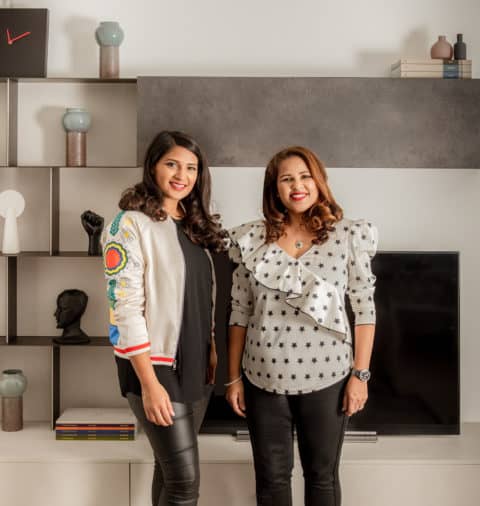If you are looking to find out a bit more about your lighting options, as well as how to pick out the right light for each room of your house, then you are in the right place. Our Ultimate Guide to Lighting gives you all the information you need to light up every room of your house without effort. Every room of your house serves many purposes, so take a look at our room-by-room guide to find the right lighting options for you. When it comes to choosing the ideal lighting for your home, it is important to think about functionality as well as appearance.
There is not one consistent solution to lighting a house, and you will need to take into account the shape and size of the different rooms, window placement, and even the larger pieces of furniture when choosing lighting. For example, you need to ensure that you chose lights that actually serve a functional purpose, with an appropriate amount of illumination shining from them, and have a styling element that contributes to the rooms aesthetic. The kind of practical lighting you choose to use in each space is up to you, but it is usually driven by practicality: you would not place a floor lamp or a desk lamp in the kitchen, for example, in fear of impeding precious space, while a low-hanging pendant might be an impediment in the lively living room used by an entire household.
For common areas such as living rooms, using an inset light source near ceiling fixtures or a chandelier may be a good option. In the living room, for instance, you might start with hanging an ornamental ceiling fixture close to the middle of the room, says lighting designer Nathan Orsman, who is based in New York and Southampton. You could put a single lighting fixture above the middle of the room, and then place another one directly behind one piece of furniture, creating a layered effect.
Add a neon or LED color into your fixtures that are mounted on the walls to bring more attention to it throughout your room. Well-placed accent lighting makes a bath feel more welcoming, so also consider having chandeli, pendant lights, and do not forget the dimming switch.
Putting a brightly colored lighting fixture in a room that is otherwise plain may bring a little bit of fun and interest into the space. The placement and alignment of the light fixtures in the room can also be a major factor in how it looks.
While your light fixtures should be there to help you create a comforting atmosphere in each room in your house, do not ever be afraid to incorporate decorative aspects in your light fixtures themselves. By using light fixtures that compliment the aesthetics of your home, you will be able to create more cohesive, better-flowing interiors, as well as better overall looks. Often overlooked in favor of the more visual components such as your color palette, furniture, and furnishings, lighting is the critical layer of your interior design, which does more than simply make your home come alive, it forms an essential part of the way people experience the room.
For instance, if your dining room chandelier is minimal and has a curved shape, like what I had in my plan below with brushed black lighting, you could opt for pendants over your islands that are also minimal and have a slight curved look. Once you know where, how many, and what styles of fixtures you want, you can complete the whole lighting plan.





3 Responses